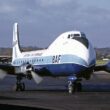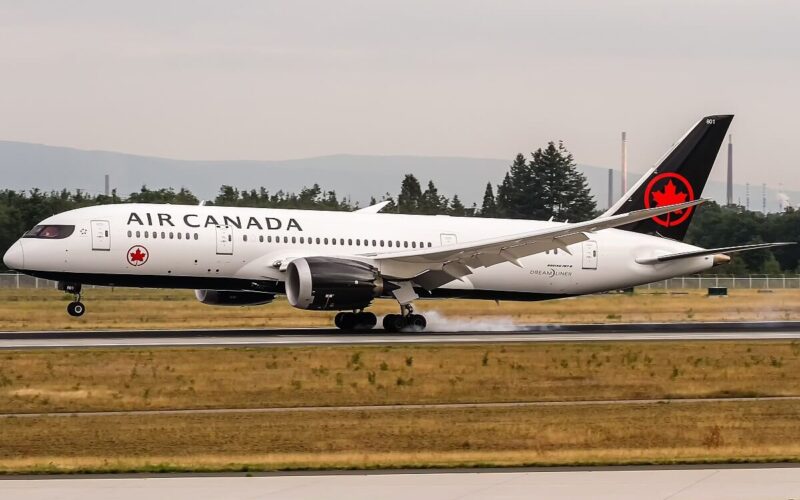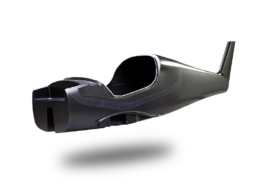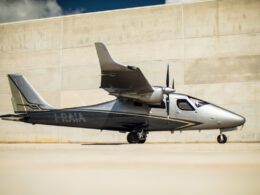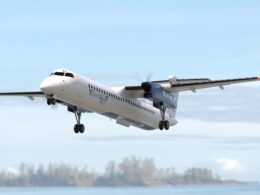Among the reports that the U.S. Department of Justice is starting to investigate the production of the Boeing 787 Dreamliner, a specific manufacturing incident involving the aircraft has come to light. Boeing seemingly admitted that some documents regarding a Dreamliner sold to Air Canada (ADH2) had been falsified. That same plane experienced an oil leak, after ten months of service.
On June 29, 2019, Boeing sent a statement to CBC News where it admitted the falsification of several certificates of the 787 Dreamliner, registered C-GHPQ, which was the first to be delivered to Air Canada (ADH2) . After only ten months of service, the aircraft was affected by an incident.
On February 10, 2015, the Air Canada Boeing 787 registered was performing flight AC-3 from Vancouver, Canada to Tokyo Narita, Japan, when “the pilot [received] oil indicators from one of the engines,” according to Air Canada (ADH2) spokesman Peter Fitzpatrick. The plane diverted to Anchorage, Alaska, and a new aircraft was dispatched to take the passengers to Narita.
Boeing admitted that documents falsely claimed that the manufacturing work had been completed. However, the manufacturer said it was an isolated occurrence, and “immediate corrective action was initiated for both the Boeing mechanic and the Boeing inspector involved”.
After opening an investigation regarding the Boeing 737 MAX, the U.S. Department of Justice seemingly extended its safety inquiry to the 787 Dreamliner. The department reportedly issued subpoenas on records regarding the production of the aircraft in the Boeing South Carolina assembly site.
Anonymous sources cited by The Seattle Times state that multiple subpoenas on documents linked to the production of the Boeing 787 Dreamliner in South Carolina were issued by the Department of Justice in early June 2019. It is not clear whether they were issued by the same federal prosecutors in charge of the 737 MAX investigation.
On April 20, 2019, an investigation carried out by the New York Times had already revealed that several employees of the group’s state-of-the-art factory of South Carolina doubted of the aircraft’s safety. They were allegedly pushed to speed up the production output after Boeing failed to meet delivery deadlines. The research was based on internal e-mails, administrative documents, and interviews of several employees.
The ramp-up led to metal debris being found in the wiring of some of the delivered aircraft, and even a ladder and work lights near the gears of a horizontal stabilizer. Qatar Airways allegedly stopped accepting planes from this specific factory after manufacturing accidents damaged jets and delayed deliveries. The airline did not confirm this information.
At the time, Boeing denied all the allegations in a corporate letter. Brad Zaback, Vice President and general manager of the 787 Program even claimed that “our quality metrics show that we are performing at all-time high levels as well”.
But manufacturing defects are not limited to Boeing South Carolina. The United States Air Force interrupted the deliveries of the KC-46 Pegasus tanker aircraft twice, on February 28, 2019, and on March 23, 2019, after foreign object debris (FOD) and loose tools were found in the tankers they received. The aircraft had been assembled at Boeing Everett Factory, the company’s biggest production plant.
Here again, the quality discrepancies could be attributed to a deliberate will to speed up production, as the KC-46 deliveries were already running late by several years.
While recently, the 737 MAX controversy has put the manufacturer under increased scrutiny, Boeing’s failures to comply with safety processes have been observed by the FAA for years. In 2015, the planemaker had to pay $12 million to the authority after several investigations found recurring safety issues. Under the supervision of the FAA, Boeing signed to a five-year agreement to resolve “two initiated cases and 11 other matters that were opened during the last several years“.

